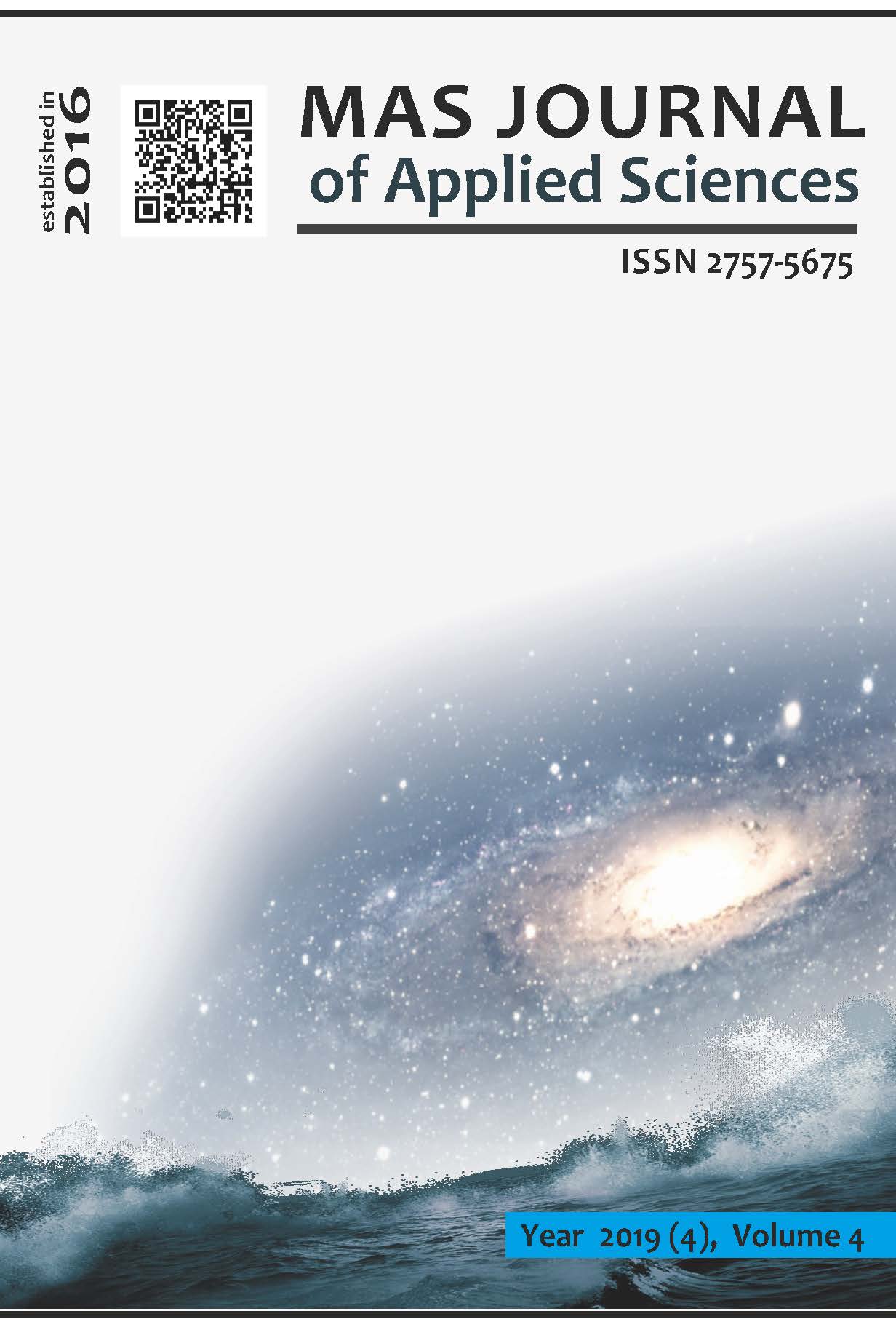Applıcatıon Of Support Vector Machıne To Separate Hydrothermal Alteratıon Zones Usıng The Lıner Sensor
Keywords:
Argylic Alteration, Porphyry Copper, Propylitic Alteration, Phyllic AlterationAbstract
In this research, an attempt is made to investigate the application of support vector machine algorithm in separating hydrothermal alterations of porphyry copper deposits using a primary sensor. A total of 2204 pixels were selected from mineralized areas to teach this algorithm. The 4, 6, 7, and 8 bands of the primer were selected to detect filter and argillic changes, and the 9 band visible and near infrared range was selected to detect proplitic changes as input to this algorithm. The fusion matrix was examined to evaluate the classification error. The results of the fusion matrix show that the classification error for filite and argillic zones is relatively high and it is not possible to easily separate the two regions while classifying the proplitic change well. The study also identified a new error function called blind error, which uses a fusion matrix to calculate the ratio of unclassified algorithm pixels. Based on the amount of this error, the backup vector machine does not classify 6.73% of the algorithm pixels. Also, the support vector machine algorithm has an overall classification accuracy of 66.06% and a kappa coefficient 0.6522.
Downloads
Published
How to Cite
Issue
Section
License
Copyright (c) 2019 The copyright of the published article belongs to its author.

This work is licensed under a Creative Commons Attribution-NonCommercial 4.0 International License.


